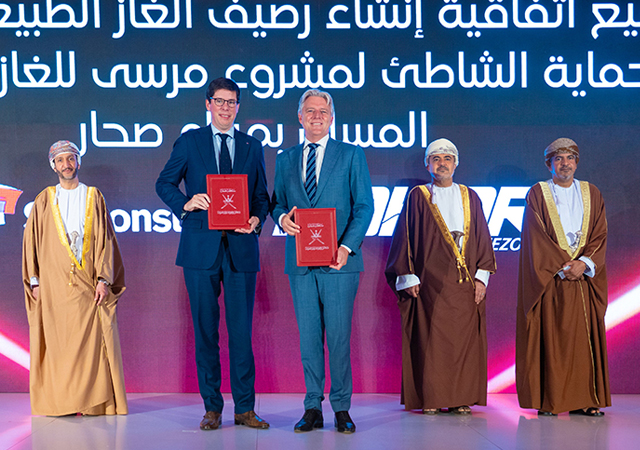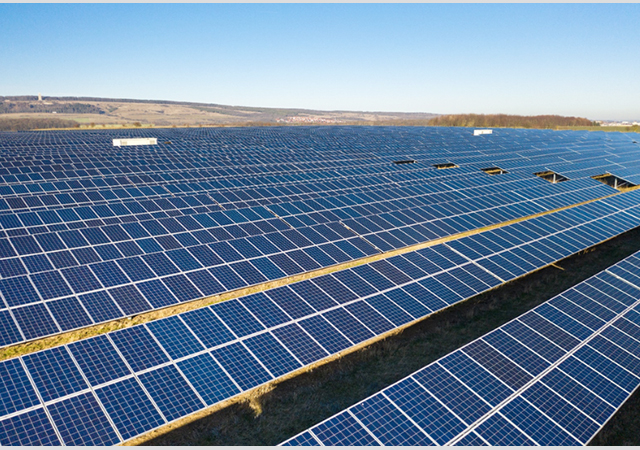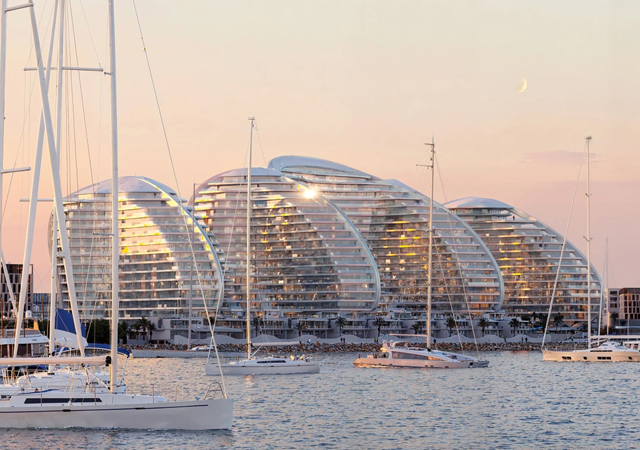
Road tape, as the name suggests, is a tape used in the temporary and permanent marking of roads and motorways. It is produced from fibre-reinforced rubber, coated with tiny glass beads, which reflect the light from vehicle headlights.
Traditional road marking involves painting directly onto the road surface, which means that the surface is damaged when the markings are mechanically stripped off following road work.
The advantage of Trelleborg's so-called temporary road tape is that it is self-adhesive. The tape is glued securely to the road surface and can easily be peeled off again.
Many European countries, Germany included, have now prohibited the use of temporary painted road markings, leaving tape as the only solution. '
'A pressure-sensitive adhesive is applied to the reverse side of the tape,'' explains Jonas Svensson, product manager. ''The ingenious feature of this is, that the greater the pressure applied to the tape, the more firmly it adheres to the road surface. And since the non-vulcanised rubber used is such a soft and plastic material, the tape is able to conform easily to the uneven surface of the road. Road tape also significantly simplifies road work operations. No sophisticated equipment is required for laying or removing the tape.''
Climate and politics
Trelleborg commenced road tape production operations in 1994. ''At that time, we assessed that this was an attractive market,'' recalls product area manager Bengt Lindkvist. ''Moreover, we already possessed most of the machinery needed.''
The decision to invest in the market was a good one. Today, there are five major road tape producers in the world and Trelleborg is firmly positioned as No. 2 in Europe.
''Unlike our competitors, we have our own rubber mixture operations, which is a major advantage,'' explains Svensson. ''As a result, we can control the entire production process from beginning to end.''
In terms of volume, the German and Eastern European markets are the largest, but they are exposed to severe winter weather, which stops all road work, and political decisions, which combined have an adverse effect on market growth.
''For example, during election years we see a clear downturn in demand,'' notes Svensson. ''Road work requires major investments and these are put on ice when an election is imminent.''
Increased traffic safety
The most important objective of road markings is to increase traffic safety.
Rain, wet road surfaces and darkness make it difficult to see them, since the water prevents the light from being reflected by the markings. As a result of product development work and new products, it is hoped that these problems will be eliminated.
''In April 2000, we launched the market's first temporary, profiled, self-adhesive road markings,'' Svensson states, with a certain amount of pride. ''The unique feature of this new product is that the reflectors are located on small raised surfaces which remain above water level. As a result, the tape surface is continuously drained and the intended function of the markings is efficiently achieved.''
Fact box
The markings used during road work in different countries have different colours. In Switzerland and Sweden, orange markings are used, the UK uses white and the rest of Europe yellow. Roads in the US have white markings on shoulders, while yellow is used for lane markings where there is two-way traffic.
Trelleborg also produces a black road marking product, which is used to cover permanent markings during road repair work.
Trelleborg Road Tape sells nearly four million metres of road tape each year.
In Germany alone there are more than 100 companies engaged in road tape-laying operations.











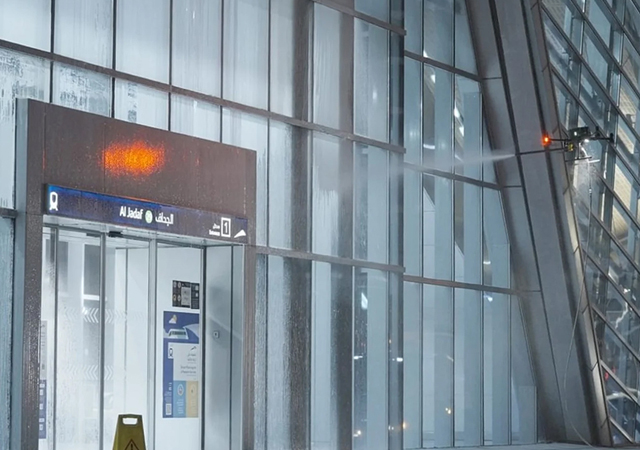
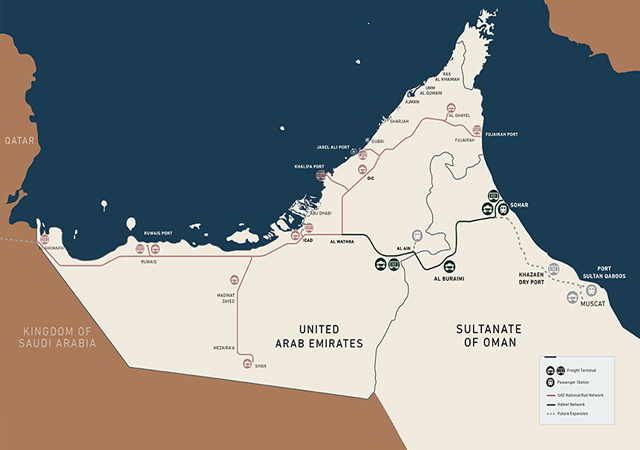
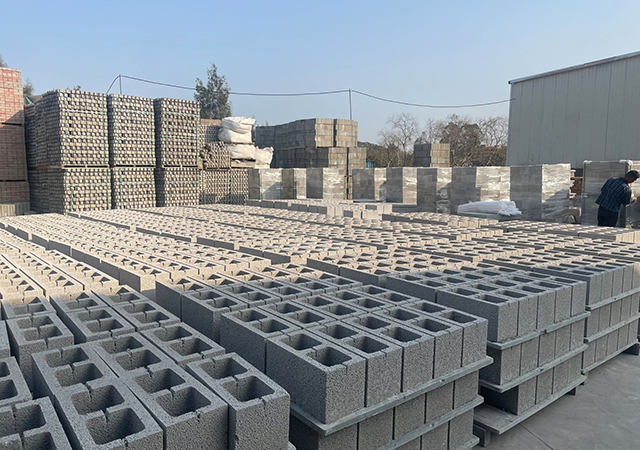


.jpg)
.jpg)
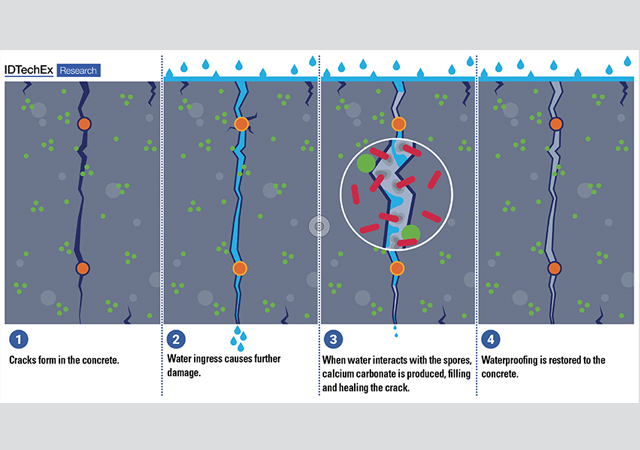
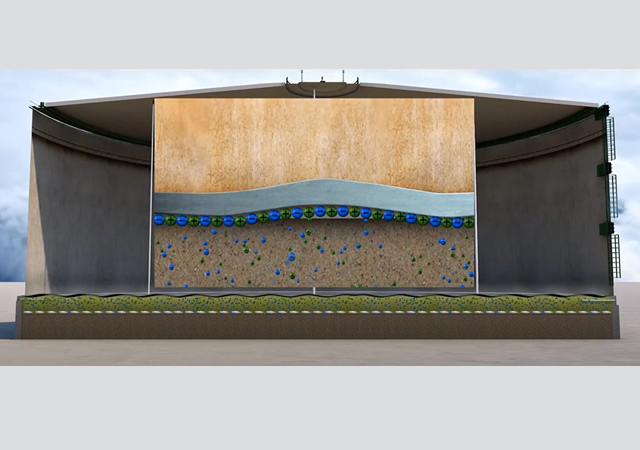
.jpg)
.jpg)
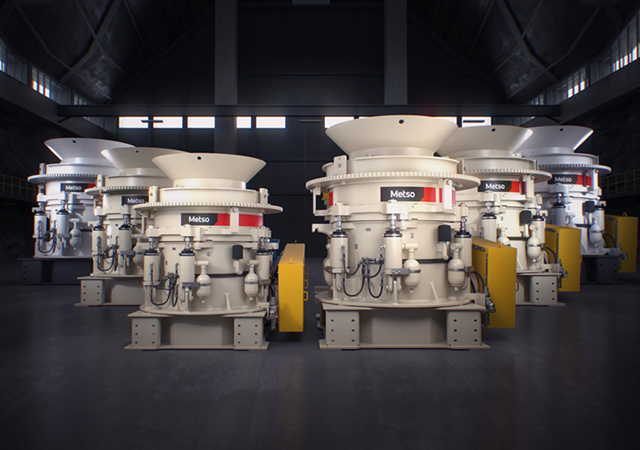
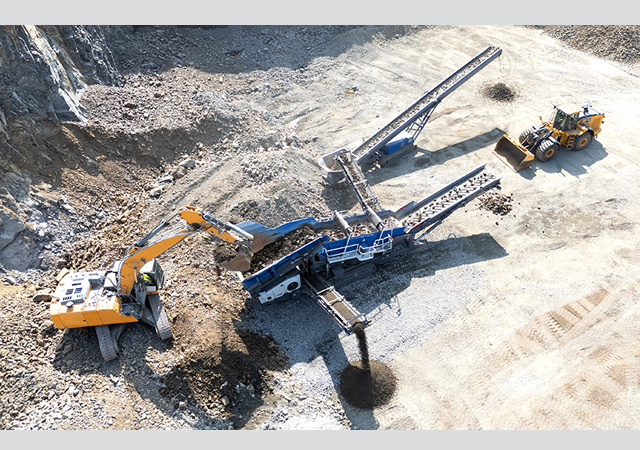
.jpg)
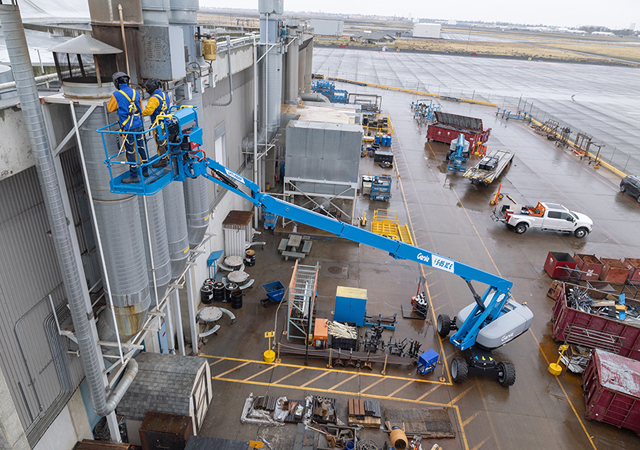



 Doka.jpg)





